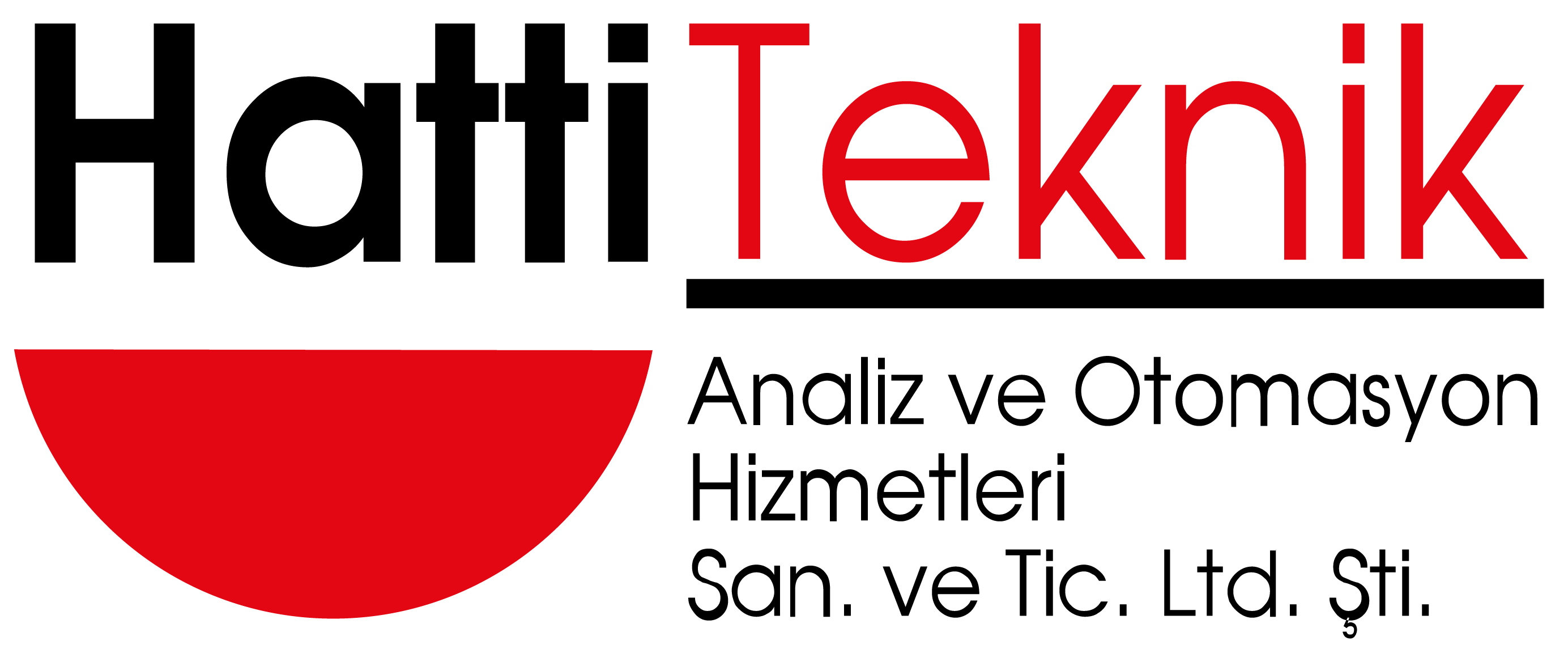Description
ControTrace bolt-on heating elements are the preferred steam tracing solutions for heating pipe, tanks, and vessels since 1980. It is a cost-effective alternative to fully jacketed piping and, in comparison to tube tracing, provides higher heating capacities and reliability. ControTrace heating elements also prevent cross-contamination between the heating medium and the process.
During operation, the heating medium (typically steam or heating fluid) flows through the heating element and transfers its heat through the heat transfer compound and into the pipe/vessel wall and into the process. The number of heating elements required depends upon the design objective and the design conditions. Most ControTrace applications are designed to maintain a process temperature (to keep liquid flowing) or a minimum pipe/vessel wall temperature (to prevent vapor condensation). CSI utilizes finite-difference computer modeling to simulate and predict temperature profiles and heat transfer rates based upon process, ambient, piping, and insulation conditions. The computer model has been corroborated time and again with empirical field data.
Features & Benefits
– Maximize Process Uptime
– External heating systems eliminate potential cross-contamination risk
– Robust heating elements are 2-3x thicker than typical tracing for extended operational life
(SA-178 Grade A boiler tube pressure rated per ASME Section VIII, Div.1)
– Stainless Steel elements available for aggressive environments
– Increase Operational Efficiency
– Improved conductive heat transfer by contouring elements to piping OD
– Engineered thermal performance with even heat distribution and the CSI thermal guarantee
– Optimized circuit lengths reduce infrastructure
– Higher uptime, lower maintenance, and predictable performance reduces operation cost over traditional jacketed piping






